#seena owen
Explore tagged Tumblr posts
Text
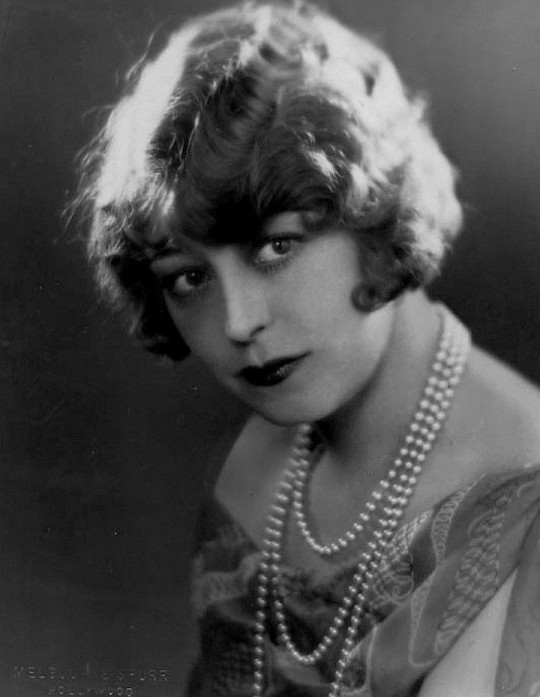
Lady of The Day 🌹 Seena Owen ❤️
#silent film#silent era#silent actress#seena owen#silent cinema#1920s cinema#silent film actresses#vintage beauty
18 notes
·
View notes
Text
youtube
Here are 10 things you should know about Seena Owen, born 130 years ago today. A star during the silent era, her career was a casualty of the ascent of talking pictures—until she found a new path in Hollywood.
#Seena Owen#old movies#silent movies#classic film#classic movies#classic Hollywood#Golden Age of Hollywood#D.W. Griffith#Youtube
3 notes
·
View notes
Text
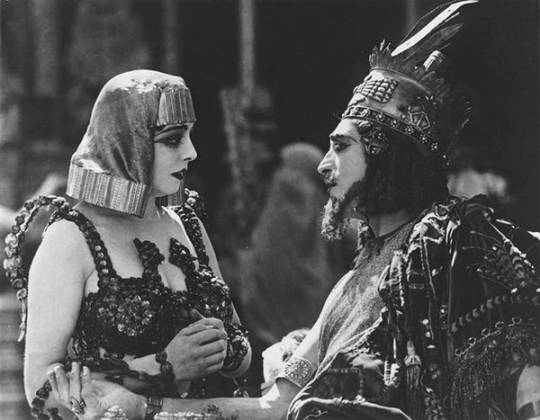
Seena Owen-Alfred Paget "Intolerancia" (Intolerance) 1916, de D. W. Griffith.
29 notes
·
View notes
Text


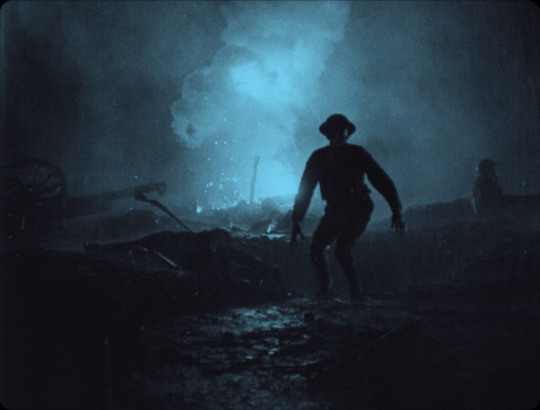



Back Pay, 1922. dir. Frank Borzage
2 notes
·
View notes
Text

1922 Poster for the silent film "The Face in the Fog" starring Lionel Barrymore and Seena Owen. From Kenneth McIntyre, FB.
73 notes
·
View notes
Video
Seena Owen by Truus, Bob & Jan too! Via Flickr: Vintage Swedish postcard. Förlag Nordisk Konst, Stockholm, No. 893. Triangle Film. Seena Owen (real name Signe Auen; * November 14, 1894 in Spokane, Washington; † August 15, 1966 in Los Angeles, California) was an American actress of the silent film era and screenwriter. Seena Owen was the youngest of three children of Danish immigrants Jens Christensen and Karen Auen. Her older sister was Lillie Hayward, who later became a successful screenwriter. Her father ran a pharmacy in Spokane. Owen attended the girls' school Brunot Hall and also spent some time in Copenhagen in her youth. She led a prosperous life before her father's business ran into financial difficulties. To support her family, Owen became an extra at a theater in San Francisco before pursuing a film career in Hollywood. The young actress was discovered by Marshall Neilan, who got her a job with the Kalem Company. In her first film appearances, Seena Owen was still called Signe Auen before she came up with her stage name, which was based on the phonetic pronunciation of her real name. In 1916, Owen was hired by David Wark Griffith for the role of the Beloved Princess in the Babylonian episode of Intolerance, which was her breakthrough role. In the following years, she appeared in a large number of leading roles. In 1919 she played Barbara Riggs in the well-received A Fugitive from Matrimony (Henry King, 1919). Remarkable too were Maurice Tourneur's Victory (1919), also with Lon Chaney, and George Melford's The Flame of the Yukon (1926). Owen's entire oeuvre comprises over 60 film appearances. With the advent of sound film, Seena Owen's career, which was said to be too weak a voice, slowly came to an end. One of her last major roles was that of Queen Regina V opposite Gloria Swanson in Erich von Stroheim's silent film Queen Kelly (1928-29), which was never completed. After ending her acting career, Owen worked successfully as a screenwriter for films such as Aloma of the South Seas (Alfred Santell, 1941). She also worked together with her sister Lillie Hayward. She also advised on the screenplay for Frisco Express in 1937. Seena Owen was married to the actor George Walsh, whom she had met during the filming of Intolerance, from 1916 until their divorce in 1924. Owen's daughter Patricia Noonan came from a second marriage. Seena Owen died on August 15, 1966 at the age of 71 at the Hollywood Presbyterian Medical Center in Los Angeles. She was buried in the Hollywood Forever Cemetery. Sources: German and English Wikipedia, IMDb.
#female#Hollywood#Silent#USA#AMerican#1920s#1910s#Sepia#Swedish#Sweden#Nordisk Konst#Vintage#Vedette#Postcard#Postkarte#POstale#Postkaart#Portrait#Cinema#Carte#Cine#Cartolina#cARD#Carte Postale#Celebrity#Costume#Film#Film Star#Movies#Movie Star
1 note
·
View note
Photo

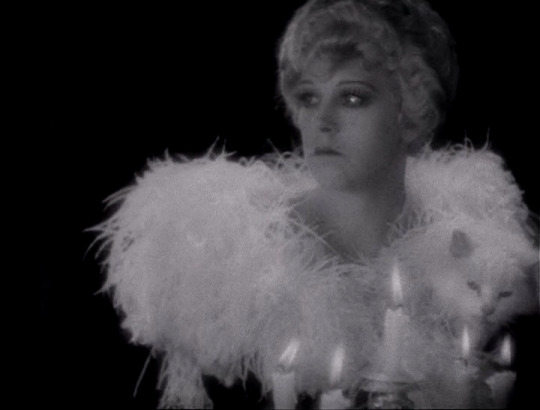
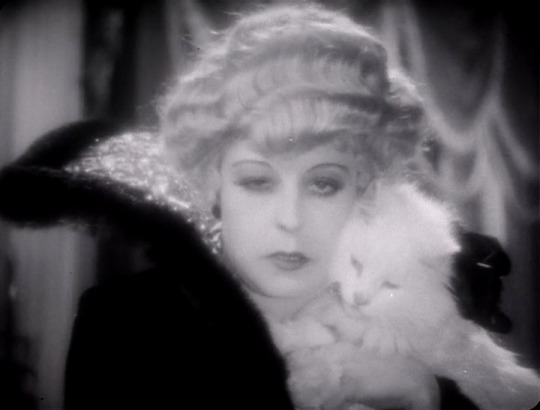
Queen Kelly (Erich von Stroheim, 1932)
39 notes
·
View notes
Photo
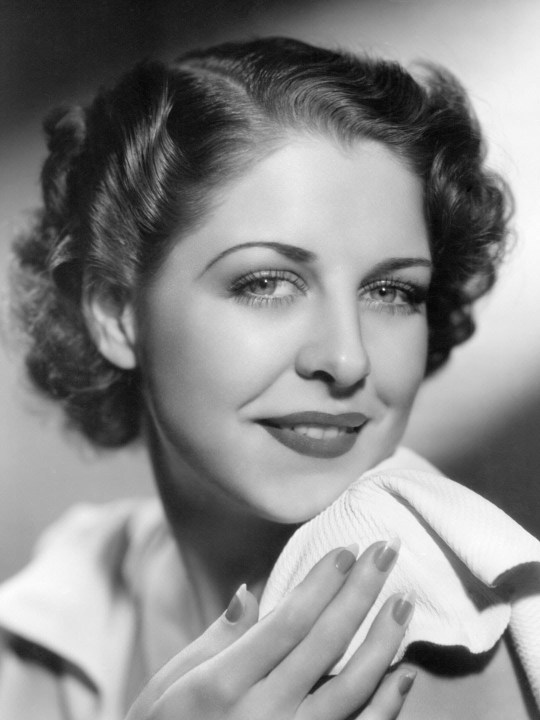
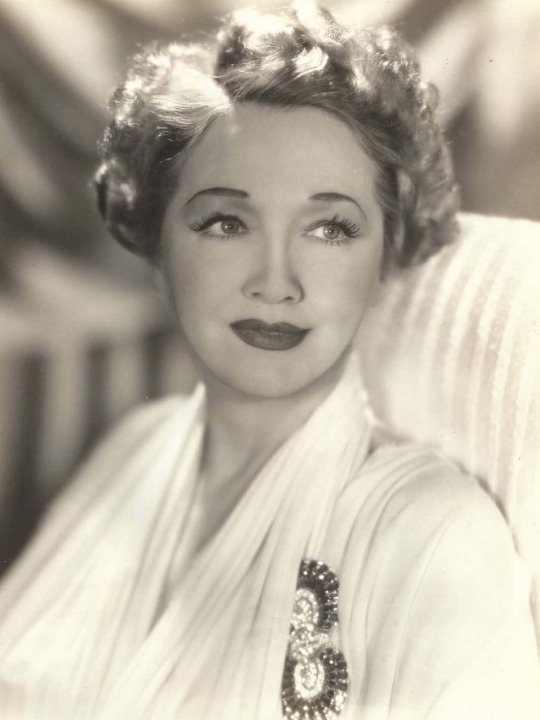
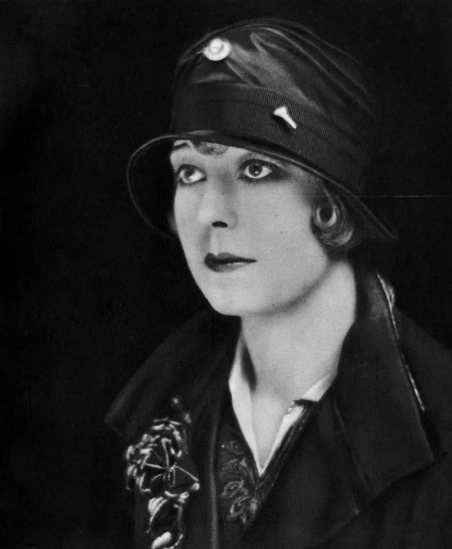

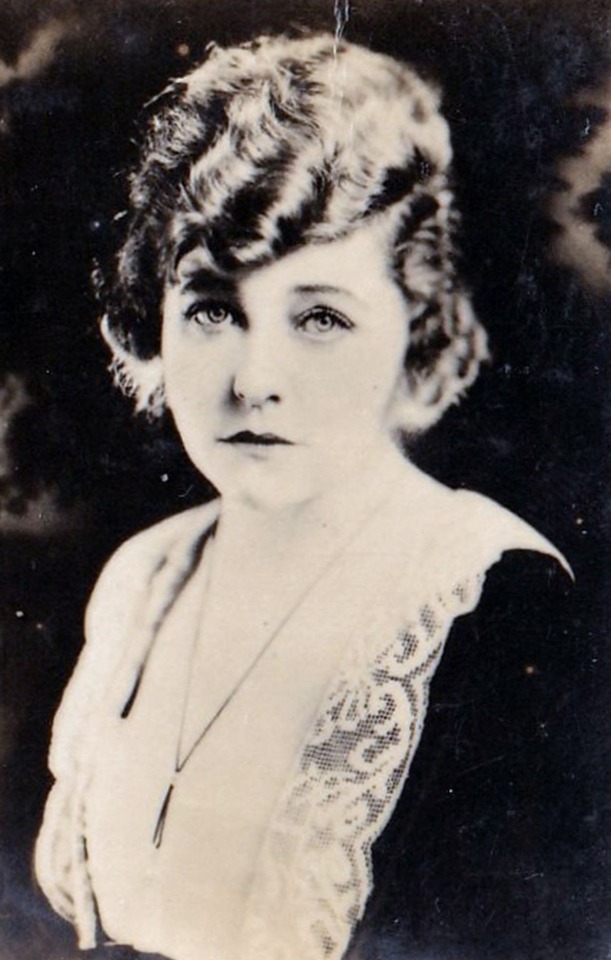
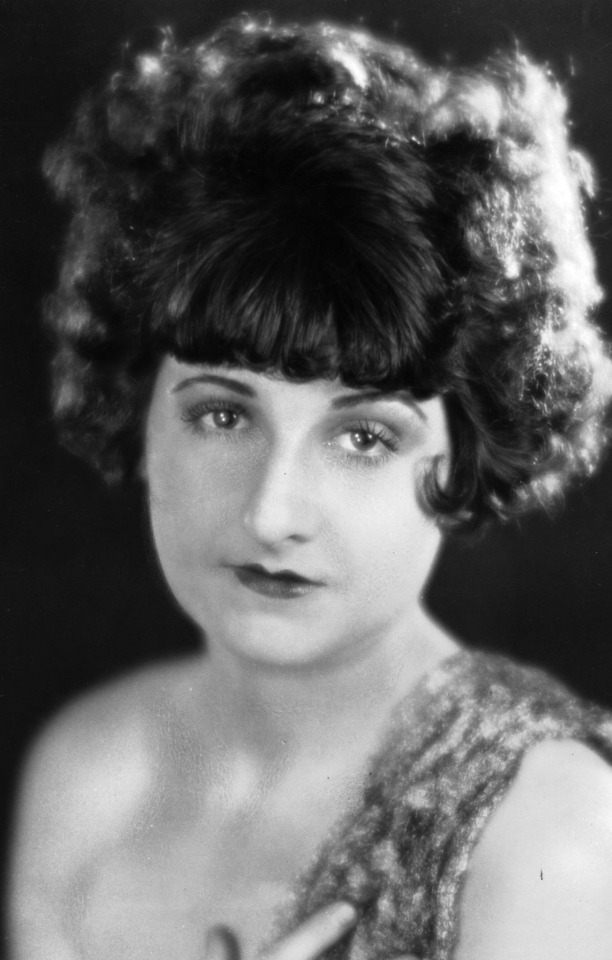

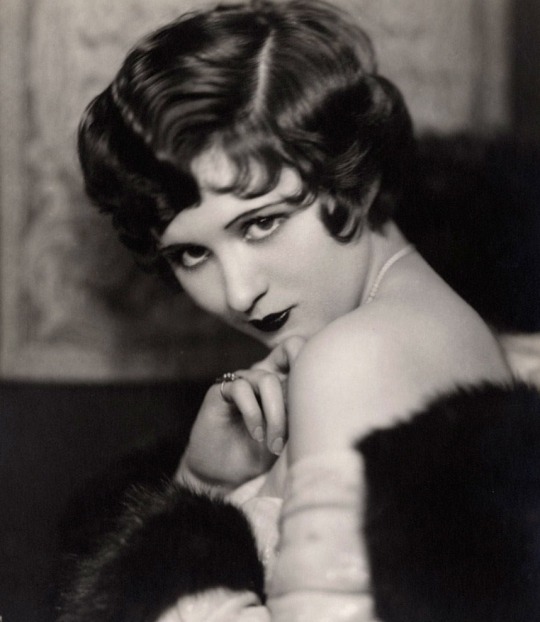
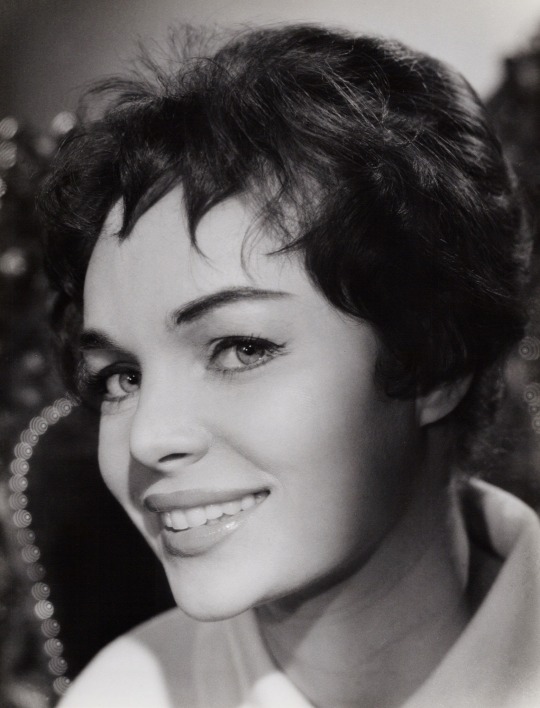
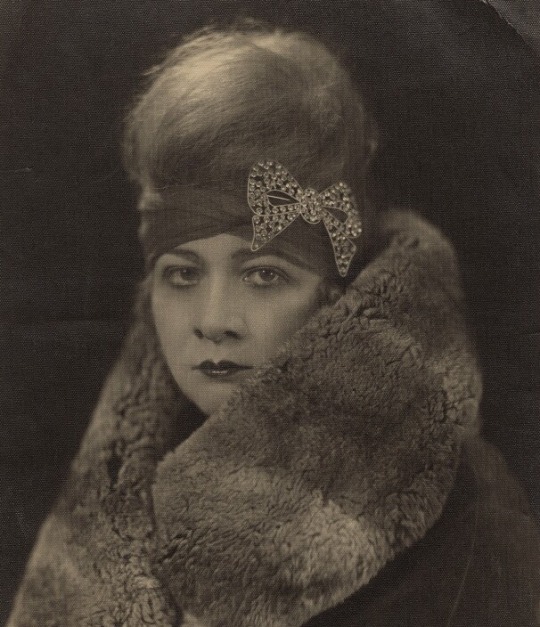
ACTRESSES WHO DIED 1966
Anne Nagel at 50 from liver cancer
Hedda Hopper at 80 from pneumonia
Seena Owen at 71 from illness
Carmelita Geraghty at 65 from heart attack
Ethel Clayton at 82 from heart attack
Vera Steadman at 65 from unknown events
Natacha Rambova at 69 from heart attack
Helen Kane at 62 from cancer
Renate Ewert at 33 from alcoholism
Sophie Tucker at 79 from cancer
#anne nagel#hedda hopper#seena owen#carmelita geraghty#ethel clayton#vera steadman#natacha rambova#helen kane#renate ewert#sophie tucker#thedabara
22 notes
·
View notes
Photo
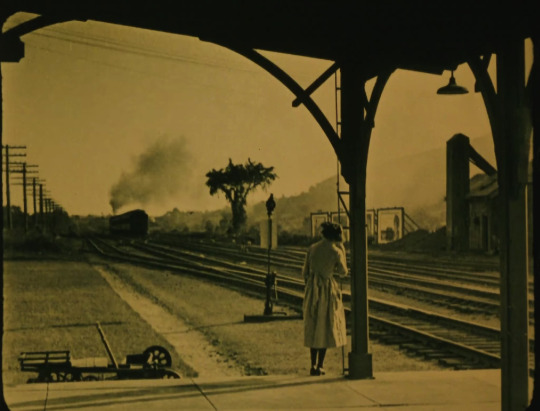
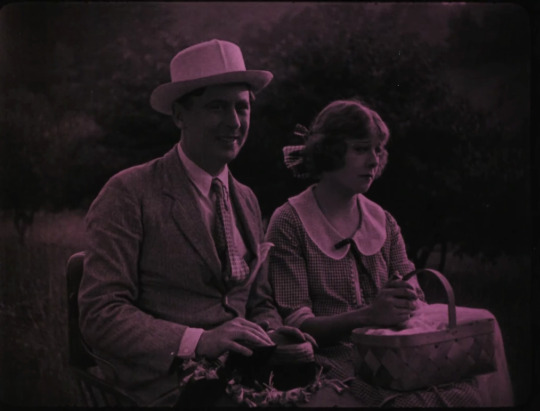
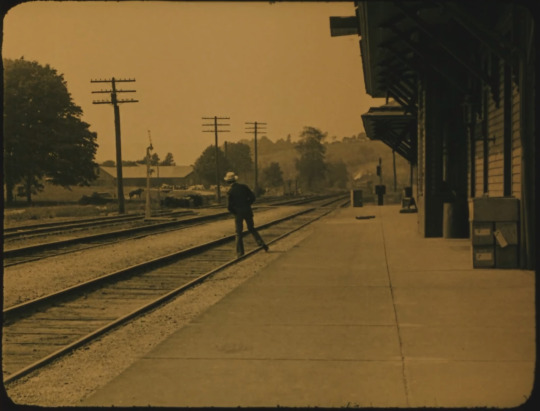
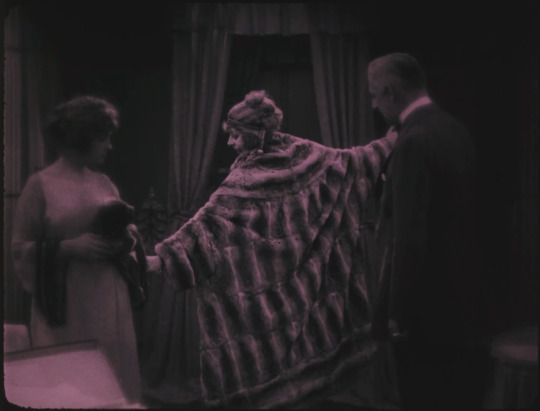
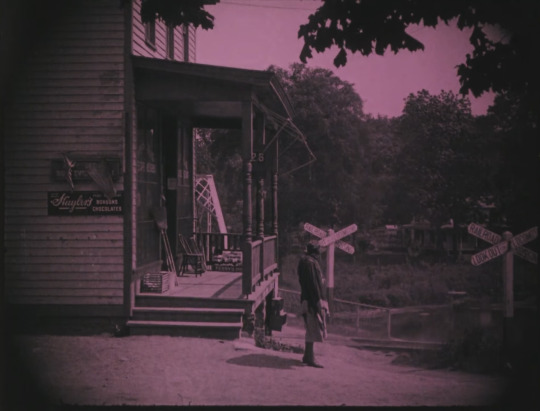
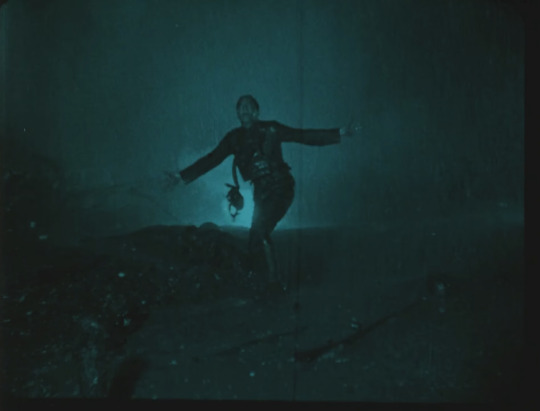
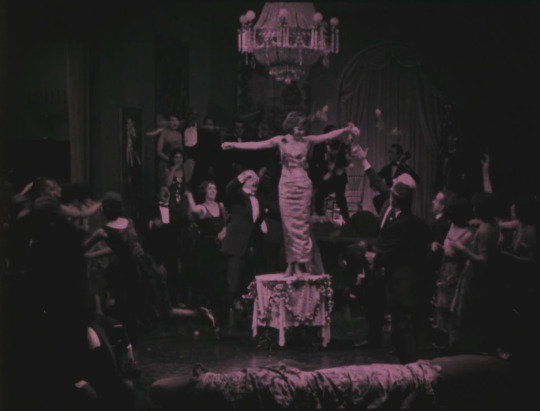
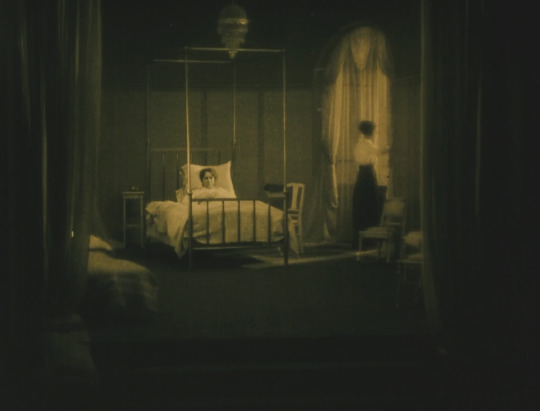
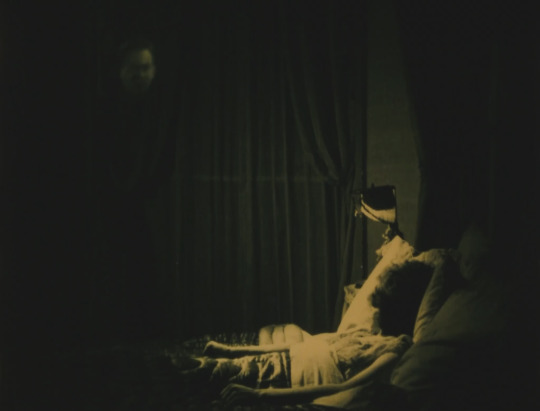
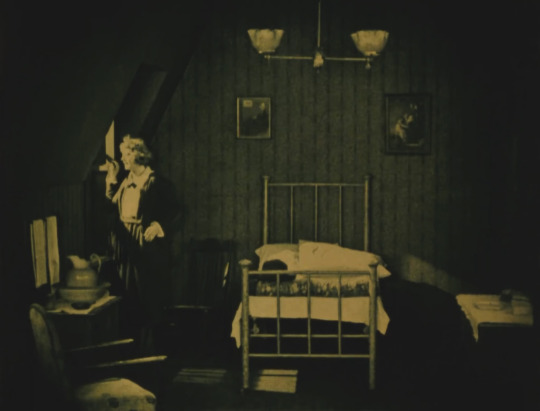
1922 in 2022: Back Pay (1922)
Directed by Frank Borzage
Adapted for the screen by Frances Marion
Based on a story by Fannie Hurst
Photographed by Chester Lyons
Produced by Cosmopolitan Productions
Premiered on 8 January 1922
Synopsis:
Hester Bevins (Seena Owen) dreams of a bigger, more extravagant life than her small-town home of Demopolis can offer. When Hester decries her flannel and gingham lifestyle to her beau, Jerry (Matt Moore), he doesn’t take her seriously. Regardless, once Hester has the scratch, she moves to New York City. There, she toils in obscurity for a few years before she lands a tycoon boyfriend, Wheeler (J. Barney Sherry). Though Hester has settled into the lap of luxury, she hasn’t forgotten her roots. Hester returns to Demopolis for a spell while on a road trip with Wheeler and friends. There she finds the whole town has forgotten her, except for Jerry. Jerry still insists Hester belongs in gingham and with a heavy heart she rejects him again and returns to the city. Normal life resumes for Hester, while Jerry enlists to fight in World War I. After Hester discovers that Jerry has returned to the States wounded, she rushes to the hospital and is informed that he only has three weeks to live. Hester thinks up a scheme to make the most of his last days by marrying him and convincing the now-blind Jerry that she’s living in a humble one-room apartment on earnest wages. She easily gains Wheeler’s agreement to support this arrangement. The pair live out an imitation of Jerry’s modest domestic fantasy until Jerry’s death. Hester unexpectedly finds that she is unable to return to her former life. Hester is haunted by the spectre of Jerry and feels guilty for her ruse. After her maid foils an attempted suicide, Hester resolves to become the person Jerry believed she was. Hester moves into a dingy one-room apartment, reclaims her old job, and is determined to pay for Jerry’s funeral with money she earned “honestly” as a final act of atonement.
My Impressions:
There was a lot I liked about this movie, and I really enjoyed Seena Owen’s performance, but the morality of the story was so shallow that it left me frustrated.
There’s not much information online about the movie, so I tried to scan through movie magazines from the time with little luck. Then I ended up finding a contemporary review cited on Back Pay’s Wikipedia page! The reviewer, James W. Dean, was also disenchanted with the hollowness of the film. Dean was already familiar with the story from the original publication (in Cosmopolitan Magazine in 1921) and from the stage play which was running while Back Pay was produced and released. And, according to Dean, the movie adaptation gutted the substance of the story. This spurred me on to find a copy of the original story and golly was Dean right!
In the story, Hester’s childhood in Demopolis is recounted in a way that deeply informs the choices she makes as an adult. Hester was raised by a protective aunt who also happened to be running an adult establishment out of her home. These childhood experiences shape Hester’s view of men and her expectations of life. This also frames Demopolis as less of a sleepy, idyllic bit of Americana. The film contains no hint of Hester’s life before the plot commences.
The film also whittles down the character of Wheeler, who in the story has a wife and child he’s double timing. He’s also searingly referred to as a “parlor patriot.” As the war rages abroad, Wheeler is specifically described as a war profiteer. When Hester asks him to do a solid for a disabled veteran, she even mentions that it’s only right seeing how much money he’s made off the war!
There isn’t much different about Jerry between the two versions of the story, aside from some blatant anti-Semitism is the original story. Honestly, even with the bigotry removed, I found it hard to like a character whose main trait is invalidating his girlfriend’s self image.
While the original story also tackles morality and guilt, the added depth of Hester’s psychology and the added shittiness of Wheeler make for a much more dynamic story.
So, I’ve ragged a lot on what was removed from “Back Pay” when it was adapted for the screen, but there is one addition that stuck with me. It regards Hester’s live-in maid. The maid isn’t a full character in either version of the story. But, if you remember from the synopsis, after the maid saves Hester’s life, Hester decides to up and leave. In other words, Hester abandons this very loyal woman in the early hours of the morning, leaving her potentially homeless and jobless with absolutely no prior notice. But, seemingly Borzage had some awareness of how completely insensitive this act was, because the camera lingers on the (unfortunately uncredited) maid looking anxious and despondent after Hester’s departure. This minimal moment is more thought given to that character than the original story, shockingly.
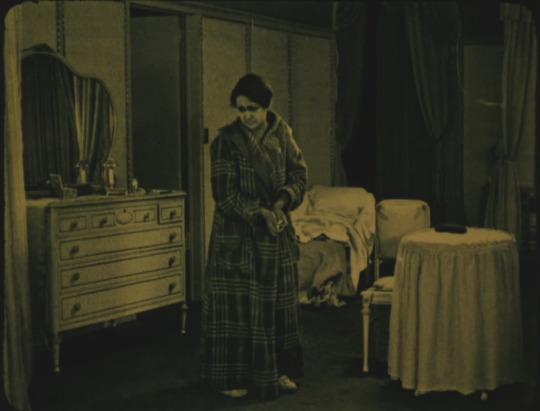
The aforementioned shot of the tragically uncredited maid.
Further Info: [below the jump!]
Adjusted for inflation, the chinchilla coat that Hester wants Wheeler to buy for her would be $368,170.00 in 2022 dollars. Jerry’s funeral costs would be $8,848.63. (Although the movie is set some time in the 1910s, not 1922 so the numbers would be slightly different in actuality.)
Back Pay was produced by Cosmopolitan Productions, which was owned by newspaper magnate William Randolph Hearst. The business model of Cosmopolitan was that it would have the film rights to the popular stories that ran in Hearst’s magazines and would also be able to promote the films in Hearst-owned publications. At the time Back Pay was made, Cosmopolitan’s films were distributed through Paramount.
Back Pay was shot at Cosmopolitan’s New York studio located at Harlem River Park. The area used to contain an amusement park and casino. However, a year after Back Pay was released, while production of Little Old New York (1923) with Marion Davies was under way, the studio burned down. This precipitated the studio moving production to California.
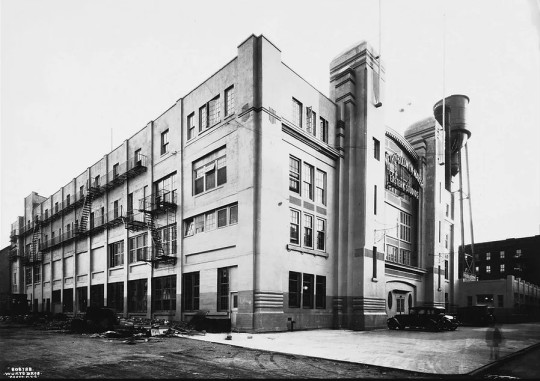
Photo of Cosmopolitan’s studio c. 1923 from the HABG Task Force website.
The city block where the studio once stood (between 1st & 2nd and E 126th & E 127th in Harlem) was, until recently, a city bus depot abutting a bridge ramp. We often talk about how much has changed in Hollywood in the last century, but the old movie-making enclaves in New York and New Jersey have also changed massively! I bet the view across the river from the studio was lovely back then!
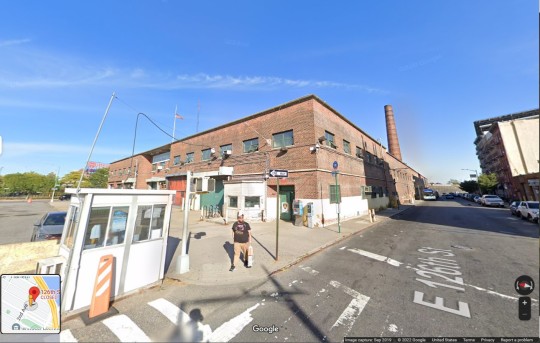
The block as seen on Google Maps in 2019. (Shoutout to this dude in a Dragon Ball Z t-shirt btw)
Seeing as this post is already a beast, I’ll quickly say that the history of this location, going all the way back to when Harlem was still Nieuw Harlem is fascinating and the redevelopment plans for the area sound great! The website Urban Archive has a full survey. It’s worth a read!
You can also check out the HABG Task Force website for details on the redevelopment, which is currently slated to be completed in 2023.
#1922/2022#1920s#1922#Back Pay#frank borzage#Frances Marion#seena owen#fannie hurst#cosmopolitan productions#William Randolph Hearst#matt moore#wwi#world war i#harlem#New York City#new york#history#local history#new york city history#harlem history#silents#silent film#silent movies#silent era#classic movies#classic film#my screencaps#the twenties#film history#movie history
19 notes
·
View notes
Photo

776 notes
·
View notes
Text

Lady of The Day 🌹 Seena Owen ❤️
#silent film#silent era#silent actress#seena owen#silent cinema#1920s cinema#silent film actresses#vintage beauty
11 notes
·
View notes
Photo

Marie Prevost (R) & Seena Owen (L) - The Rush Hour (1928)
#marie prevost#silent screen beauty#seena owen#the rush hour#1928#silent hollywood#1920's#silent film
38 notes
·
View notes
Text

Seena Owen (Spokane, Washington, 14/11/1894-Los Angeles, California, 15/08/1966).
10 notes
·
View notes
Photo

Seena Owen (November 14, 1894 – August 15, 1966)
5 notes
·
View notes
Photo


Photoplay, May 1925
#seena owen#magazine: photoplay#year: 1925#decade: 1920s#type: studio and publicity photos#photographer: henry waxman#ph vol. 27 no. 6
2 notes
·
View notes
